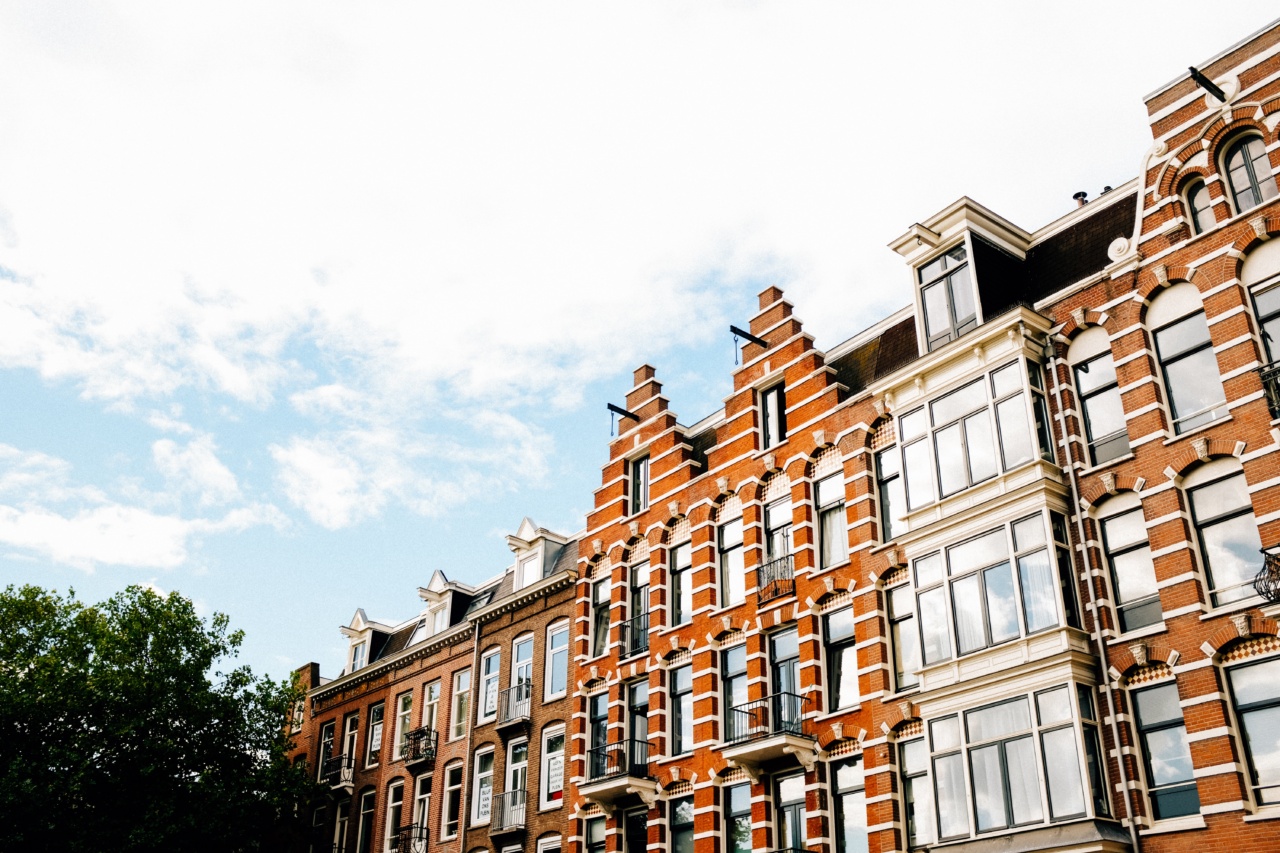Thanksgiving is a time of year when families and friends gather together to enjoy a feast and give thanks for the blessings in their lives.
While the modern celebration of Thanksgiving is often associated with turkey, football, and parades, the holiday has a much deeper history that dates back to the earliest days of American history.
The First Thanksgiving
The first Thanksgiving took place in 1621 when the Pilgrims at Plymouth Plantation in Massachusetts held a three-day feast to celebrate a bountiful harvest.
The Pilgrims had arrived in America the previous year and had suffered greatly during their first winter, with nearly half of their small community dying from starvation and disease. With the help of friendly Native Americans, the Pilgrims learned to cultivate crops and hunt game, which led to a successful harvest in the fall of 1621.
The Pilgrims invited their Native American allies to join them in a feast of thanksgiving. The menu likely included some of the foods that the Pilgrims had grown, such as pumpkins, squash, and corn, as well as wild game such as deer and turkey.
The celebration also included music, dancing, and games.
Early Thanksgiving Customs
While the first Thanksgiving celebration was a one-time event, the tradition of giving thanks continued among the Puritan and Pilgrim communities.
Religious days of thanksgiving were often held to give thanks to God for blessings such as the end of a drought or the success of a military campaign. These days often included fasting, prayer, and religious services.
Over time, regional differences began to emerge in Thanksgiving celebrations. In the South, Thanksgiving was often celebrated with fox hunts and feasts that included oysters, ham, and other local delicacies.
In New England, Thanksgiving remained a more religious celebration, with church services and family gatherings.
Thanksgiving Becomes a National Holiday
While Thanksgiving had been celebrated in various forms for centuries, it was not until the mid-19th century that the holiday took on its modern form.
In 1863, President Abraham Lincoln proclaimed a national day of thanksgiving to be celebrated on the last Thursday in November.
Thanksgiving was officially made a federal holiday in 1941 by President Franklin D. Roosevelt.
The holiday was moved from the last Thursday in November to the fourth Thursday in November, in an effort to boost holiday sales and stimulate the economy during the Great Depression.
Modern Thanksgiving Traditions
Today, Thanksgiving is celebrated by millions of Americans across the country. While the holiday still has deep religious roots, it has also become a secular holiday marked by family gatherings, feasting, and football games.
The traditional Thanksgiving meal typically includes a roasted turkey, stuffing, mashed potatoes, cranberry sauce, and pumpkin pie.
Many families have their own unique traditions, such as serving a special family recipe or watching a favorite movie together.
Another modern Thanksgiving tradition is the Macy’s Thanksgiving Day Parade, which has been held in New York City since 1924. The parade features giant helium balloons of popular cartoon characters, marching bands, and celebrity performances.
Conclusion
Thanksgiving has a rich and varied history that dates back to the earliest days of American history.
From its humble beginnings as a Pilgrim feast to its modern-day celebration featuring parades and football games, Thanksgiving remains an important holiday that brings families and communities together to give thanks for all that they have.































